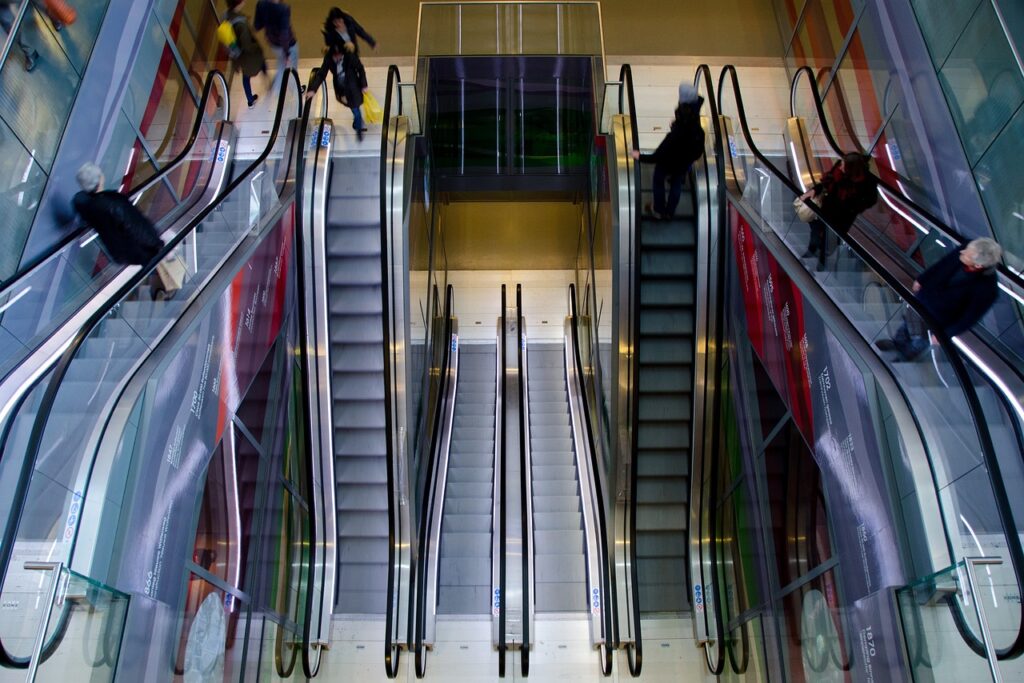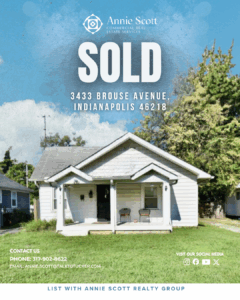Retail spaces have undergone significant transformation over the past few decades, shaped by changing consumer preferences, technological advancements, and shifts in economic landscapes. This evolution has impacted the value, appeal, and utility of Class A and Class B retail properties, which are categorized based on their location, age, condition, and tenant profile. Understanding these changes is crucial for real estate investors, developers, and stakeholders to navigate the complexities of the modern retail environment.

1. Understanding Class A and Class B Retail Properties
- Class A Retail Properties: These are the highest-quality retail properties located in prime locations, such as downtown areas or major commercial hubs. They often feature high-end finishes, modern amenities, and a strong tenant mix that includes luxury brands, flagship stores, and national chains. Class A properties generally command higher rents, attract more affluent consumers, and experience lower vacancy rates.
- Class B Retail Properties: Class B properties are typically located in secondary or suburban markets and may be slightly older or less modern than their Class A counterparts. While they may not have the same prestige or tenant mix, Class B properties still offer substantial opportunities, especially for value-add investors looking to improve the property and increase its value.
2. Key Trends Driving the Evolution of Retail Spaces
Several key trends have driven the evolution of retail spaces in Class A and B properties, shaping how they are developed, utilized, and perceived in the market.
- The Rise of E-Commerce: The growth of online shopping has had a profound impact on retail spaces. As consumers increasingly prefer the convenience of e-commerce, brick-and-mortar retailers have had to adapt to remain competitive. Class A properties have responded by enhancing their experiential offerings, such as integrating restaurants, entertainment, and cultural attractions. Meanwhile, Class B properties have often struggled to attract and retain tenants, necessitating a shift in strategy to remain relevant.
- Experiential Retail: Retail is no longer just about selling products; it’s about creating experiences. Class A properties have led the way in experiential retail, incorporating elements like live events, pop-up stores, and interactive displays to draw foot traffic. Class B properties are also evolving, with many landlords and property managers looking to repurpose vacant spaces for community events, fitness centers, and other experiential uses.
- Mixed-Use Developments: Another trend shaping the evolution of retail spaces is the rise of mixed-use developments. Both Class A and Class B properties are increasingly being integrated into larger developments that combine residential, office, and leisure spaces. This approach enhances foot traffic, increases property value, and makes retail spaces more resilient to market fluctuations.
- Sustainability and Technology: The demand for sustainable and technology-driven retail spaces has grown significantly. Class A properties, often positioned as market leaders, have adopted green building practices, energy-efficient systems, and smart technology to attract eco-conscious tenants and consumers. Class B properties are gradually following suit, with many undergoing renovations to improve energy efficiency and incorporate smart building technologies.
3. The Evolution of Class A Retail Spaces
Class A retail properties have remained resilient in the face of shifting market dynamics due to several key factors:
- Location and Accessibility: Class A properties benefit from prime locations that offer easy accessibility, high visibility, and proximity to affluent consumers. This strategic advantage has allowed them to retain their value and relevance even as consumer habits change.
- Adaptation to Market Changes: The ability of Class A retail spaces to adapt quickly to changing market demands has been pivotal to their evolution. Many Class A properties have diversified their tenant mix, incorporating more entertainment, dining, and service-oriented tenants to create a vibrant, multi-functional destination.
- Enhanced Consumer Experiences: Class A properties have invested in creating unique shopping experiences that can’t be replicated online. From luxury shopping streets and high-end malls to curated pop-up shops and seasonal markets, these properties have leveraged their prime locations to create memorable consumer experiences.
4. The Evolution of Class B Retail Spaces
While Class A properties have remained relatively stable, Class B retail spaces have faced more significant challenges but also opportunities:
- Value-Add Opportunities: Investors in Class B retail spaces have focused on value-add opportunities, such as renovations, rebranding, and repositioning to attract new tenants and customers. Many Class B properties have been reimagined as neighborhood centers, catering to local communities with a mix of essential services, discount stores, and unique local businesses.
- Flexibility and Adaptation: Class B retail properties have become more flexible in their use, converting spaces into coworking offices, gyms, or even residential units in response to local market demand. This adaptability has helped some Class B properties remain viable in the face of declining demand for traditional retail spaces.
- Localized Strategies: Unlike Class A properties, which often rely on a regional or national tenant mix, Class B retail spaces have focused on localized strategies to stay competitive. By catering to the needs and preferences of local communities, these properties can attract loyal customers and maintain steady foot traffic.
5. Future Outlook for Class A and B Retail Spaces
The future of Class A and B retail spaces will likely continue to be shaped by consumer preferences, technological advancements, and economic conditions. Key trends to watch include:
- Continued Focus on Experience: Both Class A and B properties will need to continue evolving to provide compelling experiences that differentiate them from online shopping options.
- Growth of Mixed-Use Developments: Mixed-use developments will likely become more common, providing a blend of residential, commercial, and retail spaces that enhance convenience and community engagement.
- Emphasis on Sustainability and Smart Technology: Both classes will need to invest in sustainable practices and smart technologies to meet evolving tenant and consumer expectations.

6. Conclusion
The evolution of retail spaces in Class A and B properties reflects broader shifts in consumer behavior, technology, and economic conditions. While Class A properties have leveraged their prime locations and ability to adapt to changing market demands, Class B properties have explored value-add strategies, flexible use, and localized approaches to remain relevant. Understanding these trends and their impact on different retail asset classes is crucial for stakeholders looking to navigate the ever-changing retail landscape successfully.
By embracing innovation, investing in consumer experiences, and adopting sustainable practices, both Class A and B retail spaces can position themselves for long-term success in a dynamic market environment.



